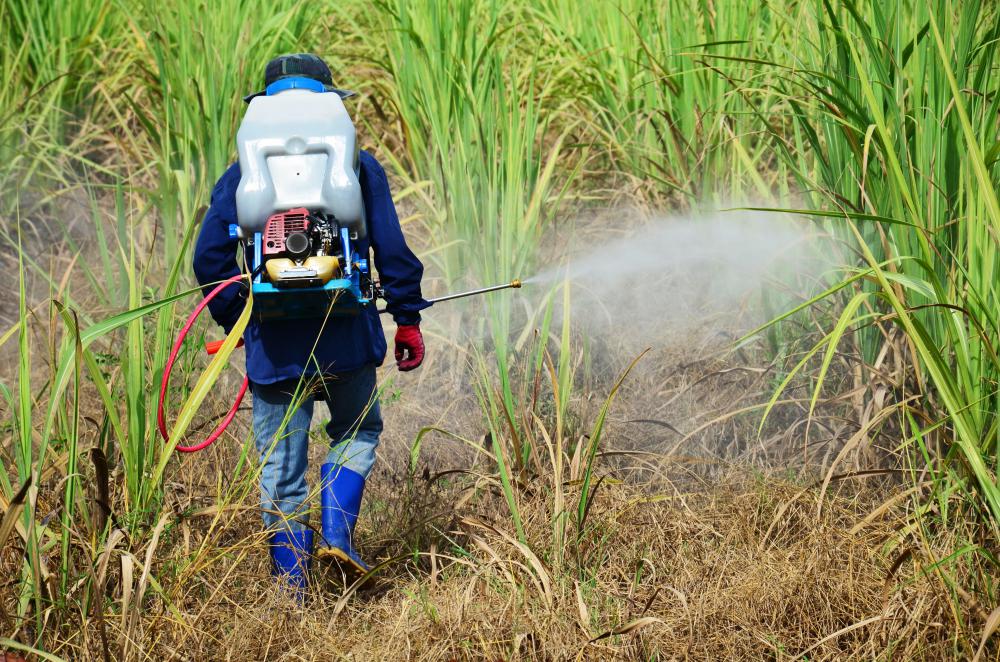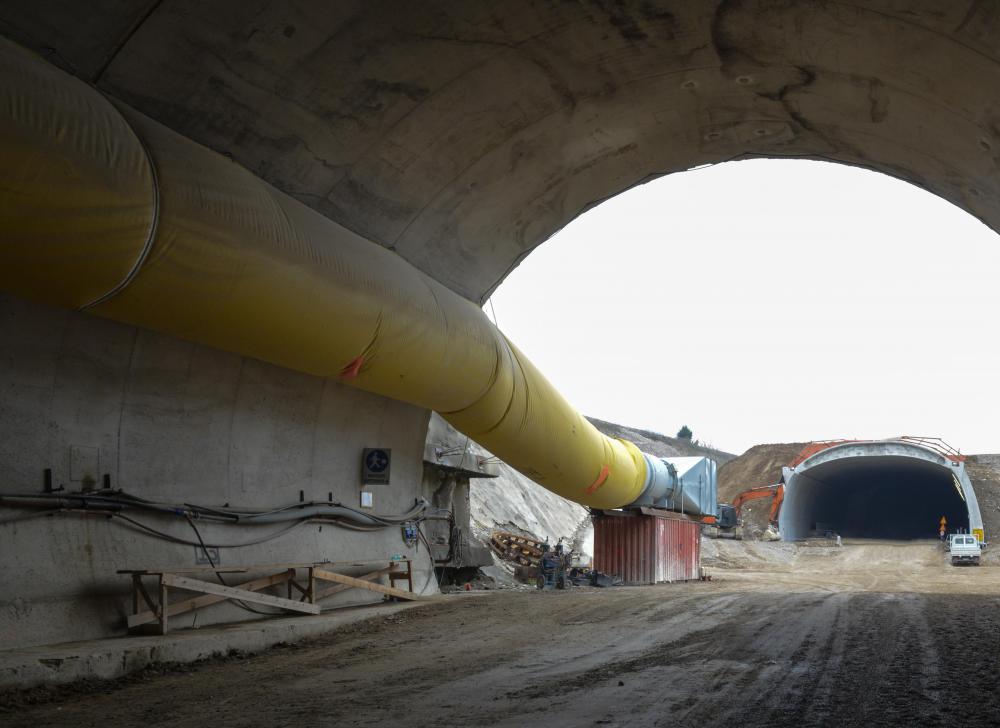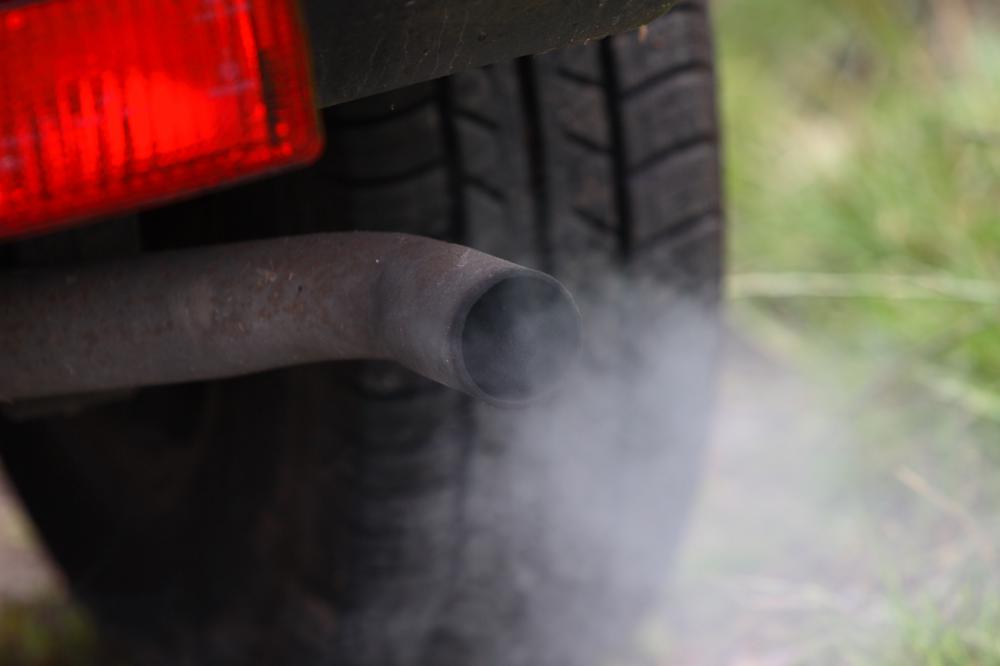At AllThingsNature, we're committed to delivering accurate, trustworthy information. Our expert-authored content is rigorously fact-checked and sourced from credible authorities. Discover how we uphold the highest standards in providing you with reliable knowledge.
What are the Different Kinds of Air Pollutants?
Substances which degrade the quality of the air we breathe are known as air pollutants, and the accelerating rate of industrialization around the world has led to high levels of pollution globally. Because air pollutants can travel on wind currents, pollutants are not only concentrated over industrialized areas: they can also be found in locations as remote as Antarctica. Plants, animals, and people all suffer health problems as a result of air pollutants, which sometimes cluster so thickly that they cause a chemical fog known as smog. There are three primary sources of air pollution: chemical, biological, and particulate.
Chemical air pollutants include a variety of substances created through combustion such as nitrogen oxide, carbon dioxide, lead, and sulfur. In addition, substances such as CFCs are considered to be chemical air pollutants. Chemical pollution is emitted on a daily basis by thermal power plants, cars, mines, refineries, and other similar manufacturing facilities. Cement and metal processing such as that used to create steel also add chemical pollutants to the atmosphere, as does the manufacture of pesticides, herbicides, and other chemicals. Many nations have enacted pollution control laws designed to reduce factory emissions through the use of filters and modernized facilities.

Biological air pollutants include molds, pollen, fungi, dander, and bacteria. These pollutants are more of an issue when considering indoor air quality, because they usually disperse outdoors. However, people with severe allergies often suffer during the spring, when pollen levels are high, and airborne molds and fungi can elicit allergic reactions from sensitive individuals. In addition, human accidents can cause the release of biological agents such as anthrax.

Particulate pollution is air pollution caused by small particles in the air. There are many natural sources of particulate pollution such as dust storms, fires, and volcanic activity. However, some human processes also create particulate pollution: most manufacturing facilities, for example, emit chemical and particulate contaminants. This type of pollution reduces visibility and can also make it very difficult to breathe: some particulate air pollutants are also harmful to inhale, and prolonged exposure will lead to health problems.

Air pollution impacts the world and the people that live on it in a number of ways. The primary problems associated with air pollutants are diseases of the heart and lungs. Asthma, emphysema, and respiratory allergies are on the rise globally, thanks to irritation by air pollutants. Some pollutants are eating away at the atmosphere, exposing the earth to harmful ultraviolet radiation in high doses. Air pollutants also are the primary ingredient in things like acid rain, smog, and other pollution related weather phenomena which carry health problems for animals and plants alike.
Frequently Asked Questions
What are the primary sources of air pollutants?

Primary sources of air pollutants include industrial activities, vehicle emissions, burning of fossil fuels, agricultural practices, and natural events like wildfires and volcanic eruptions. Industries release sulfur dioxide and nitrogen oxides, while vehicles emit carbon monoxide and hydrocarbons, contributing significantly to air pollution levels globally.
How do particulate matter pollutants affect human health?

Particulate matter (PM), especially fine particles known as PM2.5, can penetrate deep into the lungs and even enter the bloodstream, causing respiratory and cardiovascular issues. Long-term exposure to high levels of PM is linked to increased rates of chronic bronchitis, reduced lung function, and premature death, according to the World Health Organization.
What are volatile organic compounds (VOCs), and why are they concerning?

Volatile Organic Compounds (VOCs) are a group of chemicals that vaporize at room temperature and include substances like benzene and formaldehyde. They are concerning because they contribute to the formation of ground-level ozone and smog, which can lead to respiratory problems and are also associated with certain types of cancer.
Can air pollutants have an impact on climate change?

Air pollutants such as carbon dioxide and methane are greenhouse gases that trap heat in the atmosphere, leading to global warming and climate change. Black carbon, a component of particulate matter, also contributes to the warming of the atmosphere by absorbing sunlight. These pollutants are key drivers in altering global climate patterns.
What is ground-level ozone and how is it formed?

Ground-level ozone is a harmful air pollutant formed when nitrogen oxides (NOx) and VOCs react in the presence of sunlight. It's not emitted directly into the air but is created by chemical reactions between these pollutants on warm, sunny days. High ozone levels can cause respiratory problems and exacerbate asthma.
What measures can be taken to reduce air pollution?
To reduce air pollution, strategies include transitioning to renewable energy sources, improving energy efficiency, implementing stricter emission standards for vehicles and industries, and promoting public transportation and electric vehicles. Reforestation and conservation of green spaces also play a role in absorbing CO2 and improving air quality.
AS FEATURED ON:
AS FEATURED ON:


















Discussion Comments
Excess carbon monoxide can be a problem indoors. Signs of the excess CO are headaches and nausea, sluggish and tired feeling. It is important to ventilate living quarters.
Gas stove and dryer have to vent outside. If suspected that there is excess carbon monoxide in the house, CO monitors should be installed.
Post your comments